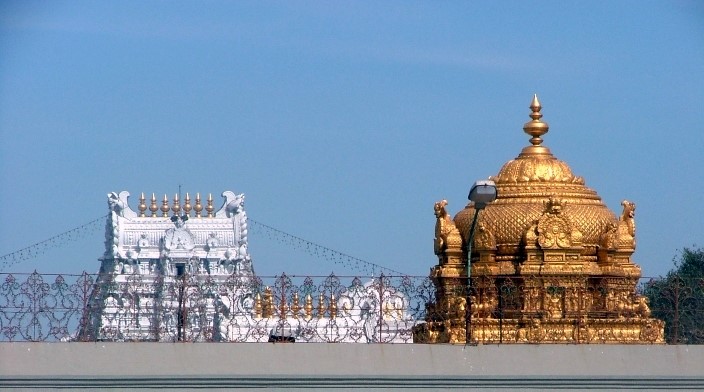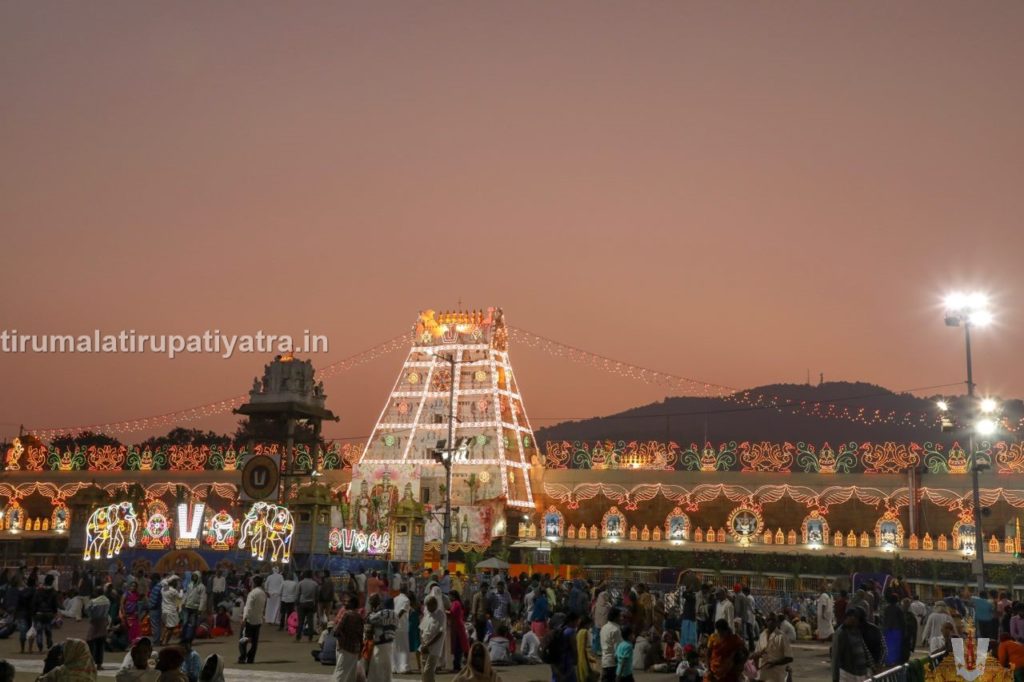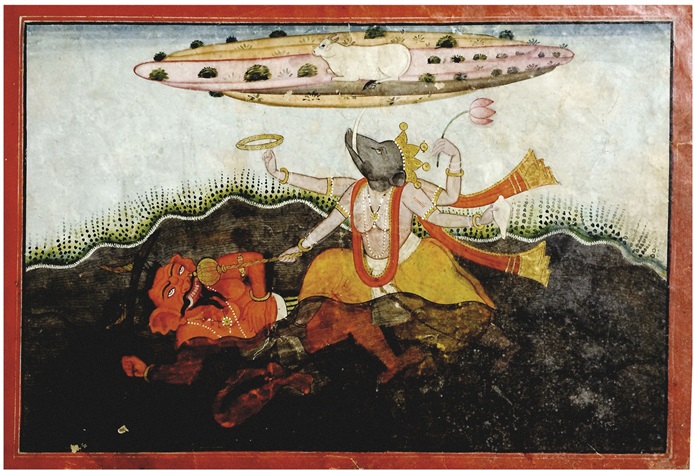Tirumala Hills Tirumala Hills are popularly known as the abode of Lord Sri Venkateswara. These hills are known as Kaliyuga Vaikuntha bestowing and showering the divine grace of Lord Srinivasa upon the devotees uninterruptedly. The Geographical, Pauranic and Divine significance of these hills earn a perpetually grand place among all the mountains and mountain ranges Read More
Tag: tirumala hills
Tirumala Hills (Seven Hills) are popularly known as the abode of Lord Sri Venkateswara. These hills are known as Kaliyuga Vaikuntha bestowing and showering the divine grace of Lord Srinivasa upon the devotees uninterruptedly.
Importance of Tirumala Hills
Tirumala Hills Some temples are situated on the banks of rivers. Some can be seen in the forests. Some others are on the mountain tops and others are in caves. The temple of Sri Venkateswara is in a mountainous forest area. Both the Hill and the river have become sacred on account of Swami’s presence. Read More
Tirupati Balaji – Dhruva Bera – Tirumala Temple
Tirupati Balaji The main Deity famously known as Tirupati Balaji is also termed mula virat (Moola Virat), Dhruva Murthy, Dhruva Beram, and Mula beram. (moola beram). This idol of Salagrama stone self-manifestation of the Lord wearing a disc and conch in the sanctum sanctorum of Ananda Nilaya. It is about 8 feet high. The Dhruvabera Read More
Varaha Kshetram – Manifestation of Sri MahaVishnu
Varaha Kshetram The Seven Hills of Tirumala in total is being called ‘Varaha Kshetram‘. Sri Venkateswara Swami and Sri Varaha Swami temples are located here. Having the first darshan of Lord Varaha Swami, the darshan of Sri Venkateswara Swami later by the devotees has been a practice for several years and is the specialty of Read More



